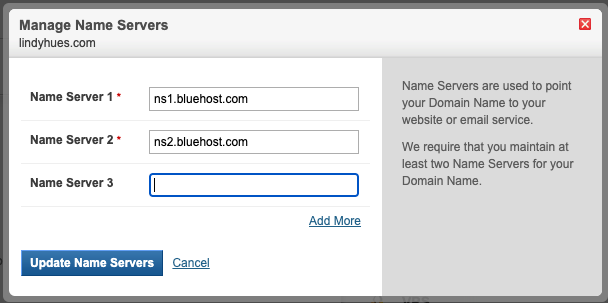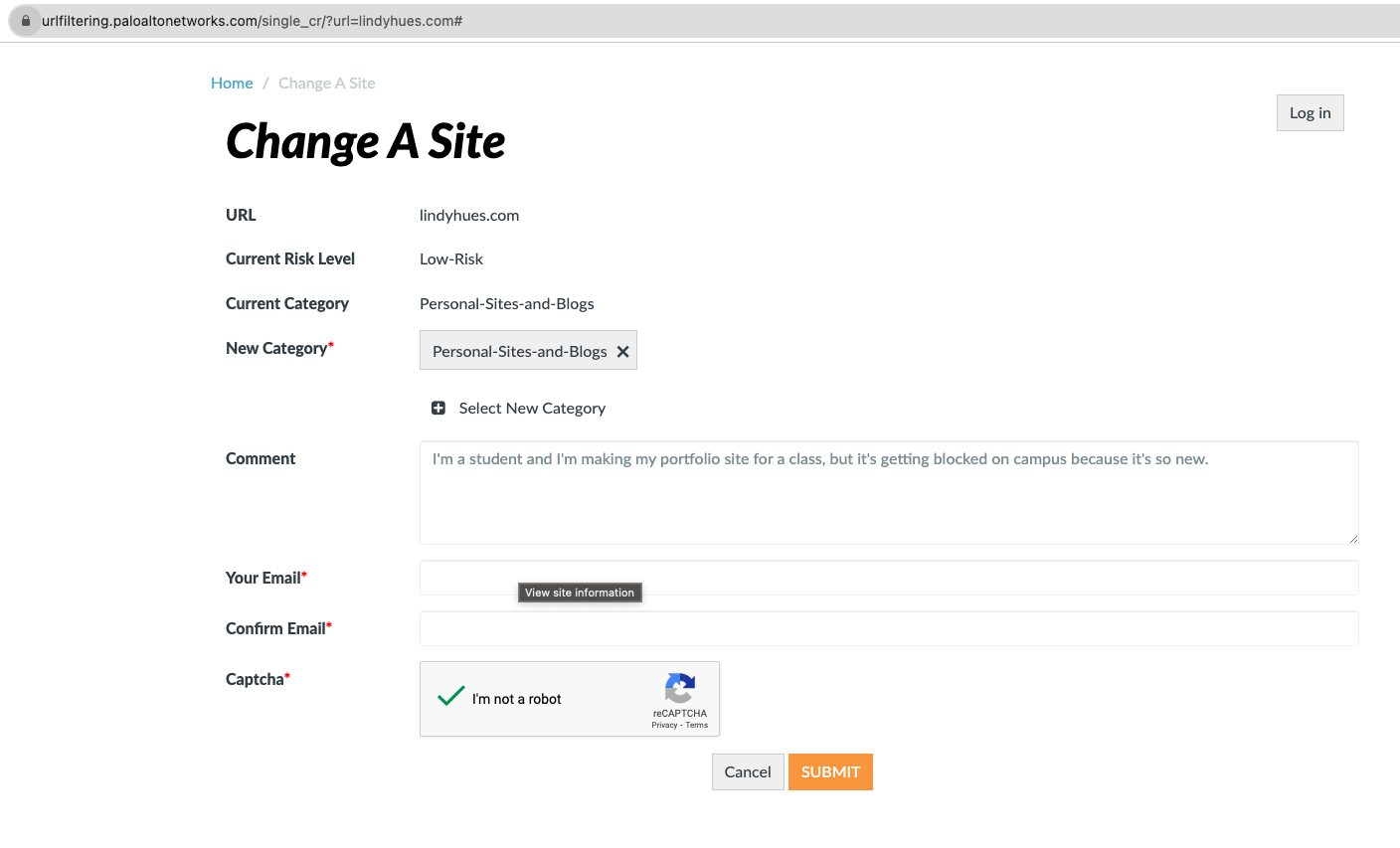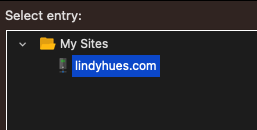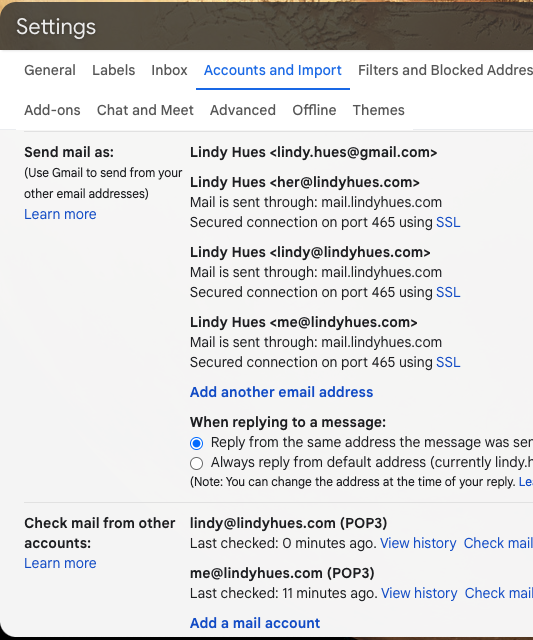I'm making my portfolio website, but first I need to set up a few things.
I'm using this page to keep track of my progress.
First, I need a domain name
Domain names are kind of like mobile phone numbers: each one is unique to an individual, but they can be moved from one hosting company (carrier) to another. A big difference is that I can also personalize mine to describe me a little better than a phone number. I chose LindyHues.com for mine.
Next, I need a hosting space
Hosting space is similar to the carrier for a cell phone: it's a place where I can store the files and folders that make up my website so that people can visit my site. I can also use it for things like email addresses, FTP accounts, and database-driven websites or ecommerce. For mine, I chose BlueHost.
DNS Settings
DNS stands for "domain name servers" and that's where the information about which domain should point to what hosting company is stored if you get them from different compaines. Since I use Active Domain for my domain registration and BLueHost for my hosting, I need to change the DNS settings for lindyhues.com in my Active Domain account to use BlueHost's name servers. This is easier than it sounds.

Update Site Classification
Since my site is new and doesn't have a lot of content, it might look suspicious to some companies and they may block it. Central Piedmont does this, so if I want to see my site on campus, I need to fix that. I do that by requesting that my site be reclassified as a blog or personal site at Palo Alto Networks.

Create an FTP Account and Configure my FTP Client to connect to my hosting space
I need an FTP account to move files from my computer to my hosting space and back, so I've set up a new FTP account:


Create a Branded Email Address
Using an email address that matches my domain will look more professional. I've created one to use on my business cards and resume.
Configure a Mail Client to Use My New Email Address
I don't want to miss out on any correspondence from my new branded website and business cards or resume, so instead of trying to remember to check the webmail function of my hosting space, I've configured my current email client (Gmail) to send and receive email from my new, branded email address. Now I know how to do this for clients, too!

The Importance of Nomenclature
Because people depend on machines (search engines) to find content, if I have a chance to tell those machines what I can do without affecting the experience of the people who visit my site, I should do that. Naming my files (pages, images, etc) and folders using descriptive keywords separated by hyphens can help me to rank higher in the SERPs for the keywords I'm hoping to target.
Create an HTML Template
All web pages need some of the same code, and I can save myself a lot of time if I put all of that code into a template and then use that template as the baseline for all other pages.
Eliminate the Need for Redundant Code
While an HTML template is a great idea in theory, saving that page over and over again will require me to update the same code over and over again if I need to make a change. I can use PHP to store all of that repetetive code in a single source file. Then, I can make updates to that source file once and have the update reflected in every page where the code is used.
Back to Top